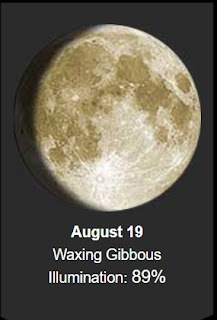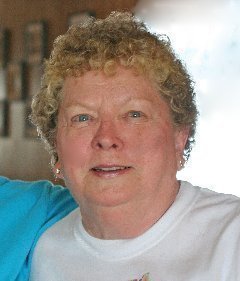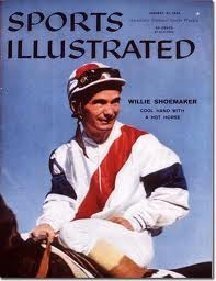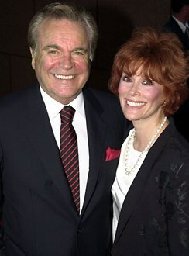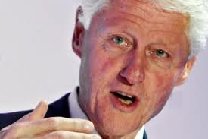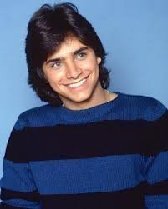Good 49º cloudy morning.
Yesterday we topped at 89º.
Picture of the Day... perfect timing....
Interesting about corkscrews....
A corkscrew is a tool for drawing corks from wine bottles and other household bottles that may be sealed with corks. In its traditional form, a corkscrew simply consists of a pointed metallic helix (often called the "worm") attached to a handle, which the user screws into the cork and pulls to extract it. Corkscrews are necessary because corks themselves, being small and smooth, are difficult to grip and remove, particularly when inserted fully into an inflexible glass bottle. More recent styles of corkscrew incorporate various systems of levers that further increase the amount of force that can be applied outwards upon the cork, making easier the extraction of difficult corks.
The corkscrew is possibly an English invention, due to the tradition of beer and cider, and Treatise on Cider by John Worlidge in 1676 describes "binning of tightly corked cider bottles on their sides", although the earliest reference to a corkscrew is, "steel worm used for the drawing of Corks out of Bottles" from 1681.
In 1795, the first corkscrew patent was granted to the Reverend Samuell Henshall, in England.
The clergyman affixed a simple disk, now known as the Henshall Button, between the worm and the shank. The disk prevents the worm from going too deep into the cork, forces the cork to turn with the turning of the crosspiece, and thus breaks the adhesion between the cork and the neck of the bottle.
From Mr. Food
Our Apple Cinnamon Rolls make are such a treat, especially when alongside a glass of warm apple cider.
- 1/2 teaspoon ground cinnamon
- 1/4 cup sugar
- 1 (8-ounce) can refrigerated crescent rolls
- 2 large apples (Granny Smith or any other firm, tart apple), peeled, cored, and each cut into 8 wedges
- 2 tablespoons butter, melted
- 1/4 cup orange juice or water
- Preheat oven to 375º. In a small bowl, mix cinnamon and sugar together; set aside.
- Unroll crescent roll dough; separate into 8 triangles. Cut each in half lengthwise to make 16 triangular strips. Place an apple wedge on wide end of each strip; roll up.
- Arrange rolls in a 9- x 13-inch glass baking dish. Drizzle with melted butter; sprinkle with cinnamon-sugar mixture. Pour orange juice or water into baking dish, but not over rolls.
- Bake 30 to 35 minutes, or until rolls are golden brown and apple wedges are tender.
Super special birthday today.... dear friend Patty Kuehl is celebrating birthday #88. HAPPY BIRTHDAY PATTY. Since you moved to the coast, I miss you so much!! Hope you have a GREAT day. xoxoox's
Historically this date....
And births this date include.....
LOL, Willie and Wilt~!
Willie lived on Baldwin Avenue in Arcadia, across from the Santa Anita Race Track. He had a wife, tall blonde, that looked as tall as Wilt when she stood next to Willie!
.....
... here we go again, can't afford a comb?
All I know. Nuff said. Have a good Thursday. Ciao.
xo Sue Mom Bobo
National Aviation Day on August 19th recognizes the pioneers of human flight.
For centuries, humans have been fascinated by flight. In ancient China, kites few to investigate the weather. Inventors such as Leonardo da Vinci developed many ideas about flight, too. Gliders and balloons lifted humans into the sky, but none of the inventions gave a person control of where they flew.
Before Powered Flight
The physics of flight and propulsion play key roles in who became pioneers. George Cayley used aerodynamics while designing fixed-wing aircraft. His designs would later inspire Orville and Wilbur Wright.
Since propulsion is one of the primary requirements to lift a human into the sky for flight, it would make sense that an engine could provide that power. Samuel Langley, an astronomer from Boston, designed a steam-powered model called an aerodrome in 1891. It flew for 3/4ths of a mile.
After receiving a grant to build a full-sized aerodrome, Langley’s first test crashed. He never made another attempt.
First Powered Flight
In a bicycle shop in Dayton, Ohio, two inventors eagerly began testing their ideas about flight. Brothers, Orville and Wilbur Wright, had studied Octave Chanute’s 1894 Progress in Flying Machines. The brothers set to work testing their designs, first with gliders. Eventually, they sought to add an engine.
Two American inventors and aviation pioneers, the Wright brothers are credited with inventing and building the world’s first successful airplane and making the first controlled powered and sustained heavier-than-air human flight on December 17, 1903.
In 1902, Charles Edward Taylor joined their team in pursuit of powered flight. Since automobile companies couldn’t supply an engine light enough and powerful enough, they would have to build it. Taylor, a machinist, set to work building the 12-horsepower engine. It took Taylor 6 weeks to build the engine.
After completing the design in September of 1903, the Wrights returned to Kitty Hawk, North Carolina. Just months before, they had successfully tested their glider. However, setbacks and weather postponed the powered flight.
It wasn’t until mid-December that the brothers finally felt all was in order. After flipping a coin to decide who would pilot the machine, Wilbur climbed aboard. The first attempt failed, only flying 3.5 seconds. However, the brothers learned what worked.
The next attempt on December 17, 1903, Orville took the controls. After launching, the machine flew for 120 feet. Man flew.
Since that day, aviation exploded into the skies. Its applications became immediately apparent to the military. The Wrights consulted with the Army for several years after their success.
Now that humans could fly, they set new challenges – flying across oceans, around the world, and into space.
NATIONAL AVIATION DAY HISTORY
In 1939, President Franklin Delano Roosevelt established National Aviation Day by presidential proclamation designating the anniversary of Orville Wright’s birthday for the observance. Born August 19, 1871, Orville Wright was still living when President Roosevelt issued the proclamation. Orville Wright continued living for nine more years until his death in 1948.

